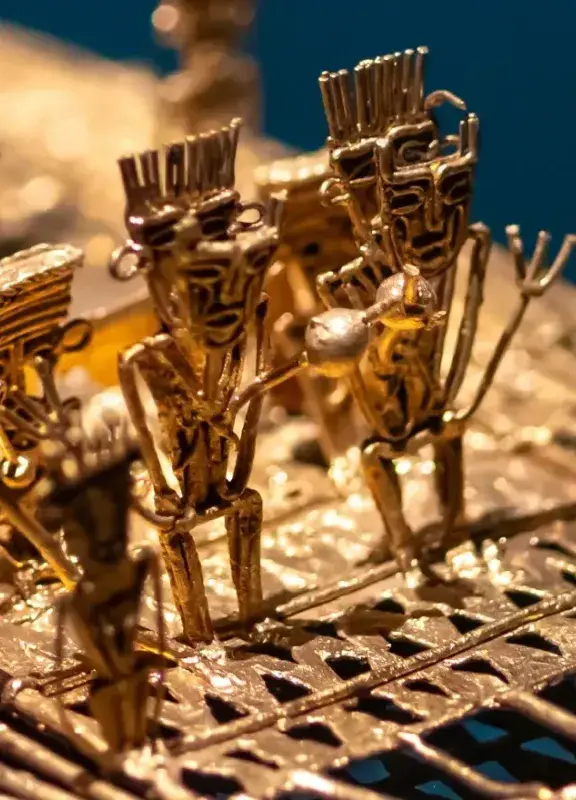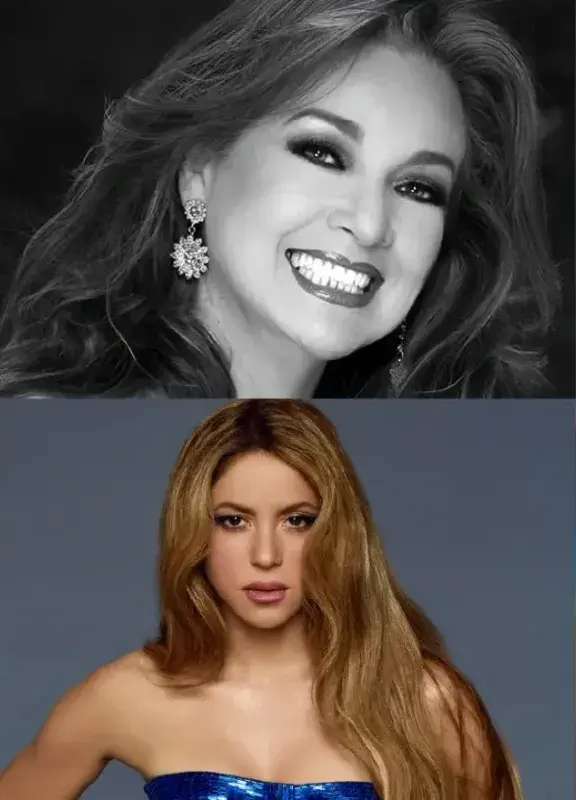What do you know about Colombian contemporary art?
Artists such as Doris Salcedo and Óscar Murillo have showed Colombian art in the world’s most important galleries.
Contemporary art, as its elasticity suggests, can be understood in many ways. Country Brand Colombia will make a brief journey through art and the artists who have emerged in the last 50 years. They have made us the answer to culture in Latin America.
Renowned artists such as Doris Salcedo, Juan Manuel Echavarría, Óscar Murillo, María Elvira Escallón, José Alejandro Restrepo, Victor Escobar, Delcy Morelos, Miler Lagos, Fernando Arias, María Fernanda Cardoso, Nadín Ospina, Óscar Muñoz, Pablo Adame, and Oswaldo Macià have gradually promoted the Colombian art scene. They have made it prominent around the world, which results in honors like Phaidon Press distinguishing Bogotá as one of the 12 future cities to see fine contemporary art.  The art scene is not only made up of important artists. Curators and experts such as José Roca, Juan Andrés Gaitán, María Inés Rodríguez, Inti Guerrero, Manuela Moscoso, Catalina Lozano, Álvaro Barrios, Beatriz González, Jaime Cerón, Jaime Iregui and Lucas Ospina have been vital when curating creative spaces around the world. They show that Colombia also knows about art. It is worth mentioning Doris Salcedo’s installation art in Istanbul’s Eighth Biennial, London’s Tate Modern, and Colombia’s Palace of Justice as well as Óscar Murillo’s Untitled (Drawing off the Wall), which actor Leonardo DiCaprio bought for $401.000 USD. Other outstanding national pieces can be found in Casa Daros’ Cantos Cuentos Colombianos, and in Diego Gazón’s book, De lo que somos.
The art scene is not only made up of important artists. Curators and experts such as José Roca, Juan Andrés Gaitán, María Inés Rodríguez, Inti Guerrero, Manuela Moscoso, Catalina Lozano, Álvaro Barrios, Beatriz González, Jaime Cerón, Jaime Iregui and Lucas Ospina have been vital when curating creative spaces around the world. They show that Colombia also knows about art. It is worth mentioning Doris Salcedo’s installation art in Istanbul’s Eighth Biennial, London’s Tate Modern, and Colombia’s Palace of Justice as well as Óscar Murillo’s Untitled (Drawing off the Wall), which actor Leonardo DiCaprio bought for $401.000 USD. Other outstanding national pieces can be found in Casa Daros’ Cantos Cuentos Colombianos, and in Diego Gazón’s book, De lo que somos.  Great artists also generate great industries. That is why there are several business and artistic entertainment spaces set for young entrepreneurs and new talents, such as Bogotá Audiovisual Market – BAM, Bogotá Music Market – BOMM, and Bogotá’s International Art Fair – artBO. Other contemporary art spaces include the National Artists Hall, Barranquilla’s Public Space Art Biennial, Odeon, La Otra, and Snack. Meanwhile, according to DANE and the Ministry of Culture, cultural industries account for 3.3 of Colombia’s GDP, and provide 5,8% of the country’s jobs. According to Bogotá’s Chamber of Commerce, this industry grows at an average rate of 11,21%. Other than that, Colombian art is not only in galleries, but it can be seen in the streets through alternative and creative exhibitions that range from urban, to political, social and performance. In Colombia, art is the greatest expression of megadiversity. Learn more about Colombian culture, and discover why when it comes to art, the answer is Colombia. FACTS:
Great artists also generate great industries. That is why there are several business and artistic entertainment spaces set for young entrepreneurs and new talents, such as Bogotá Audiovisual Market – BAM, Bogotá Music Market – BOMM, and Bogotá’s International Art Fair – artBO. Other contemporary art spaces include the National Artists Hall, Barranquilla’s Public Space Art Biennial, Odeon, La Otra, and Snack. Meanwhile, according to DANE and the Ministry of Culture, cultural industries account for 3.3 of Colombia’s GDP, and provide 5,8% of the country’s jobs. According to Bogotá’s Chamber of Commerce, this industry grows at an average rate of 11,21%. Other than that, Colombian art is not only in galleries, but it can be seen in the streets through alternative and creative exhibitions that range from urban, to political, social and performance. In Colombia, art is the greatest expression of megadiversity. Learn more about Colombian culture, and discover why when it comes to art, the answer is Colombia. FACTS:
- Doris Salcedo was the first Latin American artist to show her work at the Tate Modern.
- According to Phaidon Press, Bogotá is one of the 12 future cities to see fine contemporary art.
- Casa Daros, in Rio de Janeiro, opened with the exhibition Cantos Cuentos Colombianos.
 Welcome, you are in
Welcome, you are in 













